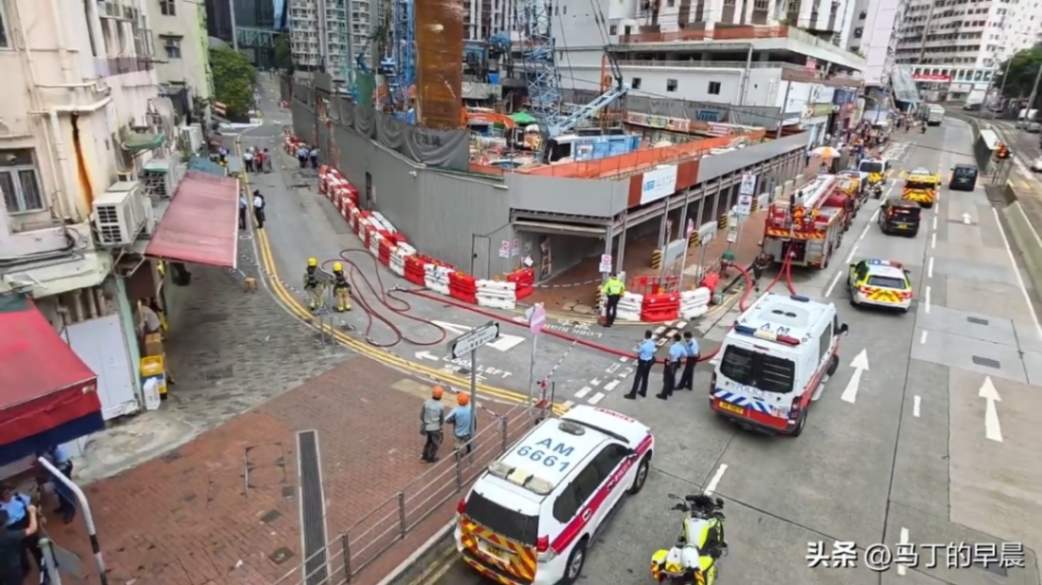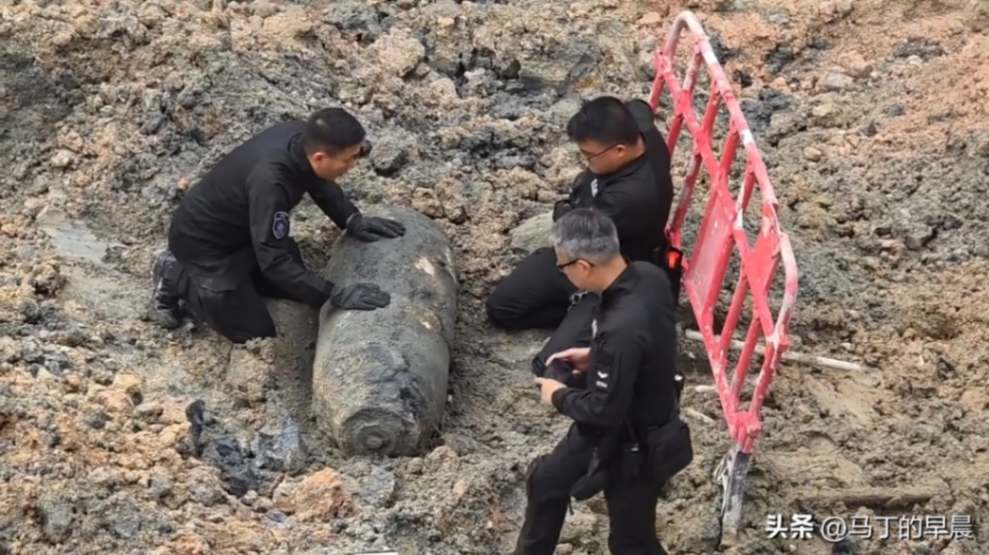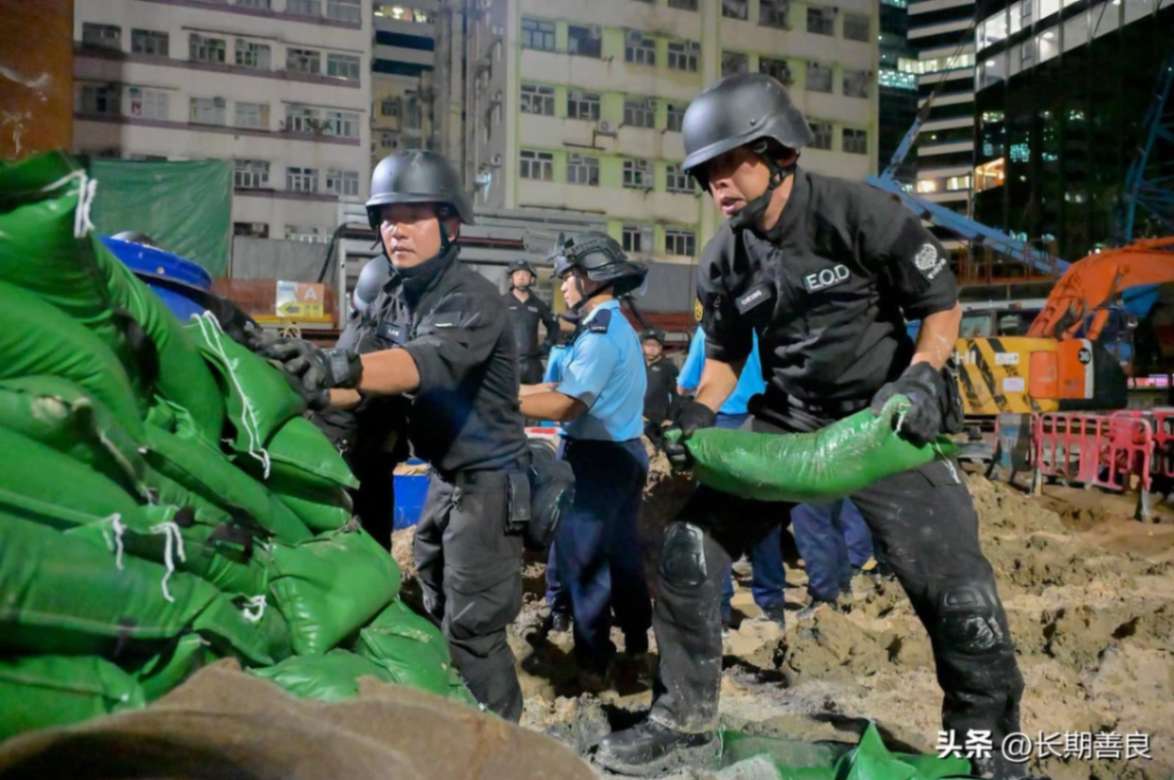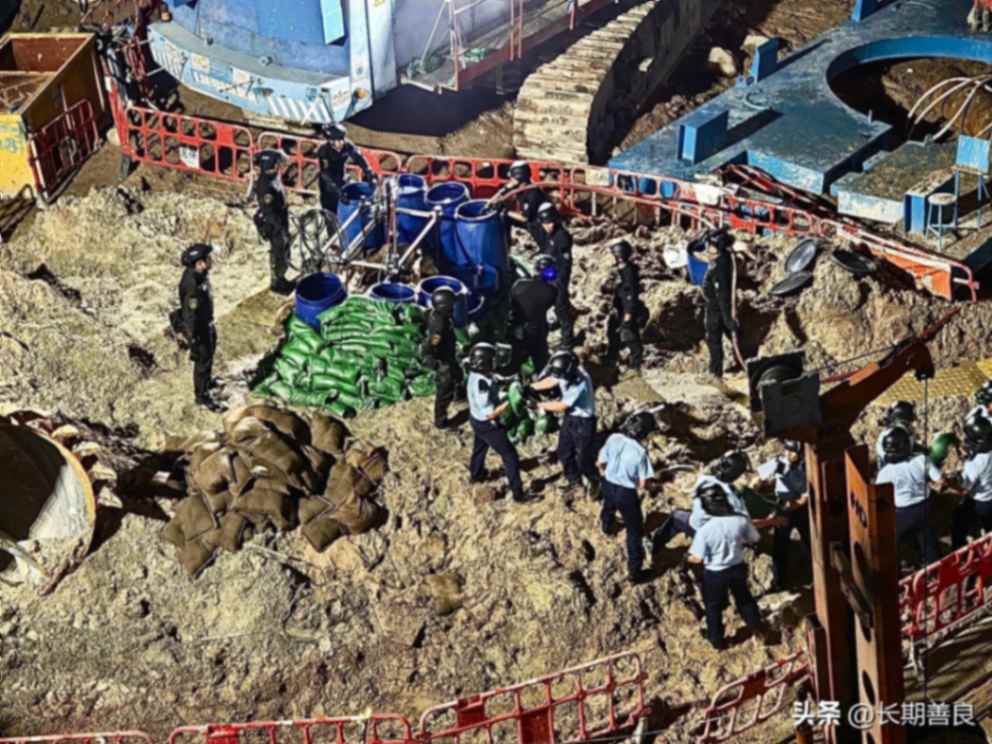WWII Japanese Bomb Unearthed in Hong Kong, Evacuating 6,000
A WWII Japanese bomb was discovered in Hong Kong, leading to a large evacuation and complex safety operations. This raises questions about hidden dangers beneath cities.

The Startling Discovery in Hong Kong
Imagine going about your day in the bustling city of Hong Kong when suddenly, a decades-old explosive from World War II is uncovered beneath your feet. This is exactly what happened recently when a WWII Japanese bomb was unearthed near Taikoo Place, triggering the evacuation of nearly 6,000 people. 😧
Such discoveries reveal just how close history can be buried beneath modern life, and how even today, we're connected — sometimes perilously — to events from over 70 years ago.

Evacuation and Safety Measures
Authorities moved swiftly to protect residents and commuters. The police imposed a safety perimeter, notably closing entrances to Quarry Bay MTR station. Explosive Ordnance Disposal (EOD) teams swiftly assessed the situation, identifying the bomb as fully intact and armed with front and rear fuses, which means there was a real threat of detonation if improperly handled. 🚨
To mitigate risk, sandbagging and road closures were implemented around the site. The EOD operation was planned to take approximately 12 hours to safely destroy the device. The careful, methodical approach underscores the delicacy of handling such historic yet dangerous remnants.

Why Such Bombs Still Exist and What This Means for Urban Areas
This incident raises important questions: How many other unexploded ordnances lie forgotten beneath urban landscapes across the world? Cities like Hong Kong have seen tremendous development since WWII, but the scars of conflict often linger unseen.
The presence of such hazards calls for ongoing vigilance, especially as construction and redevelopment continue. It also reminds us of the human stories and turbulent history hidden just beneath our feet. 🌍

The Human Impact: Evacuating 6,000 People
Evacuating thousands is no easy feat — it requires coordination, clear communication, and a bit of patience from affected residents. While disruptive, these steps are vital for ensuring everyone's safety. Imagine the sudden bustle as people left homes, offices, or shopping areas, knowing a powerful bomb was ticking just meters away.
This shared experience, though stressful, demonstrates community resilience and the effectiveness of disaster preparedness strategies in dense urban environments.





